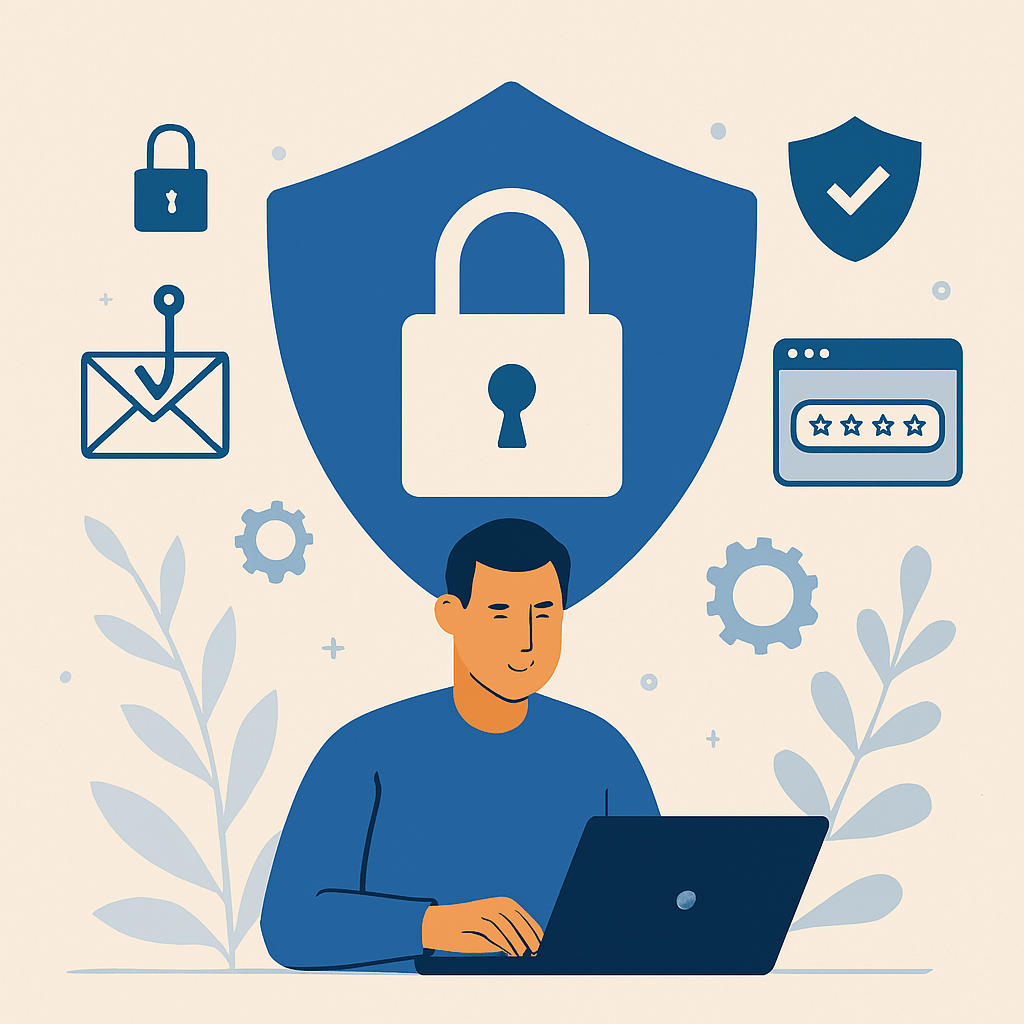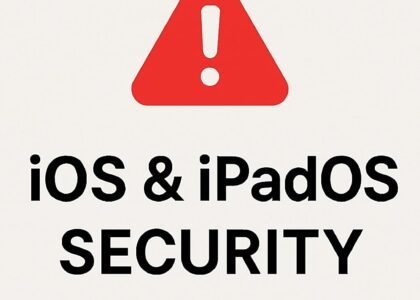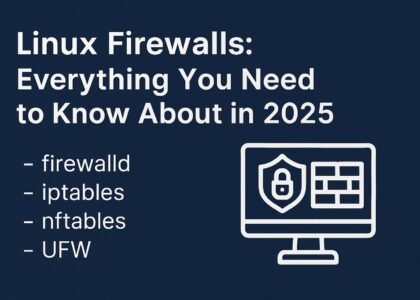Optimizing the performance and productivity of Security Operations Center (SOC) analysts is a critical factor in driving effective threat detection and mitigation capabilities. While the image of a highly skilled SOC analyst expertly tracking down and neutralizing cyber threats may resonate with some, this idealized vision often fails to reflect the true challenges and constraints faced by most SOC teams in reality.
In reality, analysts are often overwhelmed by the sheer volume of data points and struggle to correlate and analyze them effectively. This can lead to a reactive approach, where analysts spend more time chasing false positives than actively hunting down genuine threats. According to our parnter Palo Alto Networks’ 2024 Unit 42 Incident Response Report, an alarming 90% of SOCs rely heavily on manual processes to manage their operations.
This highlights the need for innovative solutions that can streamline data analysis, reduce alert fatigue, and enable analysts to focus on high-priority tasks. By adopting more efficient and automated processes, SOCs can improve their ability to detect and respond to threats, ultimately enhancing their overall effectiveness.
The performance of Security Operations Center (SOC) analysts optimization is crucial for effective threat detection and mitigation results. While the idealized image of a SOC analyst as a skilled predator, expertly tracking down and neutralizing threats, may resonate with some, it is not a realistic representation of the challenges faced by most SOC teams. In reality, analysts are often overwhelmed by the sheer volume of data points and struggle to correlate and analyze them effectively. This can lead to a reactive approach, where analysts spend more time chasing false positives than actively hunting down threats. According to our renowned partner Palo Alto‘s 2024 Unit 42 Incident Response Report, an alarming 90% of SOCs rely heavily on manual processes to manage their operations. This highlights the need for innovative solutions that can streamline data analysis, reduce alert fatigue, and enable analysts to focus on high-priority tasks. By adopting more efficient and automated processes, SOCs can improve their ability to detect and respond to threats, ultimately enhancing their overall effectiveness.
Security Operations Center (SOC) analysts are tasked with navigating a vast and complex landscape of security data. Their mission is to detect even the slightest hint of potential compromise, amidst the vast majority of innocuous activity. This is not a trivial task, as the sheer volume of data can be overwhelming. It is essential to recognize that identifying potential security threats is not a matter of finding a single needle in a haystack, but rather of navigating a vast ‘hay mountain’ to uncover the numerous needles that may be hiding within.
To optimize their effectiveness in detecting and mitigating advanced threats, Security Operations Center (SOC)service providers must ensure that their analysts are equipped with the necessary tools and training. By investing in the upgrade of their SOC and analyst capabilities, organizations can empower their teams to proactively hunt down and neutralize threats that may be lurking in their network. This strategic approach will enable the SOC to respond more effectively to emerging threats, reduce the attack surface, and ultimately protect the organization’s critical assets.
The Burnout Among SOC Professionals
The ongoing shortage of cybersecurity professionals is a pressing concern for organizations, as it threatens to compromise their ability to effectively protect their digital assets. Despite efforts such as the National Initiative for Cybersecurity Education (NICE) to promote an integrated ecosystem of cybersecurity education, training, and workforce development, the demand for qualified professionals continues to outpace the supply.
In particular, Security Operations Center (SOC) service providers are grappling with the challenges of maintaining a fully staffed and 24/7 operations team. According to our partner Palo Alto, recent industry reports highlight the significant issues facing SOC analysts, including:
- Burnout: 71% of analysts report feeling exhausted by the demands of their role.
- Understaffing: 69% of SOCs operate with insufficient personnel, leading to increased workload and decreased morale.
- Increasing workload: 60% of analysts report an increase in their workload, further exacerbating burnout.
- Manual tasks: 64% of analysts spend more than half of their time performing manual tasks, which can be automated.
- Automation potential: 66% of analysts believe that most of their work could be automated, freeing up resources for more strategic and high-value activities.
Notably, 60% of analysts report planning to quit their jobs in the near future. This trend highlights the urgent need for organizations to address these issues and develop strategies to attract, retain, and develop top cybersecurity talent.
Security Operations Center (SOC) analysts are bogged down by excessive time spent investigating and reporting false positives, which they consider a major drain on their resources. The sheer volume of disparate data points and the need to triage alerts have become overwhelming, leading to a sense of frustration. Moreover, the task of reporting is often viewed as the most tedious and time-consuming part of their job, particularly when the majority of reports yield inconclusive results.
As a result, many aspiring cybersecurity professionals who are initially drawn to the thrill of threat hunting find themselves disillusioned by the reality of SOC work. This can lead to a search for new opportunities that better align with their expectations and skills.
Why SOC Analysts Are Quitting
Despite the promise of SOC work, many Infosec professionals are often disappointed by the reality. In theory, they’re excited about the potential for automated processes and tools to enable them to make strategic decisions about potential threats.
In practice, however, they often find themselves bogged down in manual processes and underperforming tools, which can make their job a frustrating and overwhelming experience. Instead of focusing on proactive threat hunting and advanced threat detection, they’re frequently consumed by the never-ending task of playing catch-up.
The vast majority of SOC (Security Operations Center) work centers around analyzing and investigating the numerous alerts generated by various tools and systems. In an enterprise organization, the sheer number of devices and devices’ logs can be overwhelming, producing a vast amount of data that may hold vital indicators of attack and compromise (IOAs and IoCs):
- Intrusion Detection System (IDS)
- A sudden and significant increase in connection attempts from a single IP address, potentially indicating a denial-of-service attack.
- A user attempting to access a restricted resource from an unauthorized location, which may indicate a compromised account or malicious activity.
- Firewalls
- A known malware signature is detected on a system, indicating a potential malware infection.
- A user attempts to exploit a known system vulnerability, which could lead to privilege escalation and increased risk of data breaches.
- Security Information and Event Management (SIEM)
- A critical system account experiences multiple failed login attempts, indicating a potential unauthorized access attempt.
- A high-privileged user account accesses sensitive data outside of regular working hours, suggesting a potential unauthorized or malicious activity.
- Endpoint Detection and Response (EDR)
- Unauthorized access to files or folders, potentially indicating a ransomware attack.
- Connection to a known malicious domain, which may be a phishing attempt.
The typical Security Operations Center (SOC) is inundated with tens of thousands of alerts daily, overwhelming analysts who are forced to manually sift through irrelevant data to identify critical threats. Without automated tools to aggregate and categorize relevant telemetry, SOC analysts are bogged down by an endless sea of noise, leaving them exhausted and unable to effectively detect and respond to real threats.
Hunting For Threats
Threat hunters relish the thrill of the chase, seeking out unknown threats in the wilds of their network. This proactive approach, known as threat hunting, involves a multi-faceted strategy that combines robust defenses against attackers with advanced tactics to uncover and neutralize sophisticated, long-term threats (APTs). Skilled hunters employ a range of techniques to flush out hidden dangers and stay one step ahead of potential adversaries:
Indicators of Attack and Tactics, Techniques and Procedures (TTPs)
Threat hunters seek to identify patterns that align with the tactics of known attackers, such as anomalies in data transfer activities (large file transfers outside of normal hours) or probing for vulnerabilities. This process typically involves scrutinizing network traffic logs and endpoint activity for any unusual behavior or indicators that may indicate a potential security incident.
Indicators of Compromise
Experts can identify malicious activity by recognizing specific indicators of compromise (IOCs), such as a known command and control (C2) server address or a unique malware hash. Threat hunters can utilize threat intelligence feeds and internal security data to detect potential IOCs and initiate swift response measures.
Hypothesis-Driven Hunting
Threat hunters begin by formulating hypotheses about potential threats, informed by industry trends, intelligence reports, and internal security incidents. They then validate these hypotheses by analyzing network data for specific indicators or patterns that may support or refute their theories.
Specialized Techniques
Threat hunters employ a range of techniques to identify and track malicious activity, including network traffic analysis, memory forensics, and endpoint analysis. The specific approach used will depend on the nature of the hunt and the availability of relevant data.
To be effective, threat hunters require access to the right tools and technologies. Well-designed solutions can seamlessly integrate disparate data sources, enabling analysts to quickly identify and prioritize legitimate threats for investigation.
For instance, security platforms that offer advanced threat-hunting capabilities can automate routine tasks such as log analysis and threat correlation, providing valuable insights and context for analyst investigations. Threat intelligence feeds can further enhance these efforts by offering real-time insights and threat information.
Upgrading SOC Operations
The sheer volume of data from every device on the network, spanning global inbound and outbound traffic, is overwhelming. Automation is the only way to tackle this challenge.
Many Security Operations Centers (SOCs) are overwhelmed by their tools, spending most of their time triaging false positives. What they need are intelligent, calibrated tools that can integrate thousands of data points and analyze activity from multiple angles.
SOCs struggle to reconcile insights from disparate tools, such as XDR, SOAR, ASM, and SIEM. A solution like Cortex XSIAM addresses this issue by combining these components and connecting all data points to generate actionable leads.
By leveraging AI-powered analysis, Cortex XSIAM streamlines the decision-making process, allowing analysts to focus on high-value hunting activities rather than chasing dead-end leads.
From Reactive to Proactive
A successful threat-hunting program offers numerous benefits beyond just detecting and neutralizing threats:
- Shorter Dwell Time: Proactive threat hunting enables organizations to identify and respond to threats earlier in the attack lifecycle, minimizing the damage caused by attackers.
- Enhanced Security Posture: By actively searching for threats, organizations can uncover vulnerabilities and address them before attackers can exploit them, resulting in a stronger overall security posture.
- Advanced Threat Intelligence: Threat hunting provides valuable insights into the threats targeting your organization, allowing you to develop a more informed security strategy and inform future hunting efforts.
- Increased Analyst Engagement: Threat hunting gives analysts the opportunity to utilize their skills and knowledge in a proactive manner, leading to improved job satisfaction, reduced burnout, and a more effective cybersecurity team overall.
Threats have evolved, utilizing automation and AI to execute increasingly sophisticated attacks. To stay ahead, the modern Security Operations Center (SOC) must be empowered with robust technology.
By embracing a machine-led, human-powered approach to threat hunting, we can level the playing field. ‘Fight fire with fire’ by arming your SOC and analysts with AI-driven tools that give them a strategic advantage in the fight against cyber threats.




